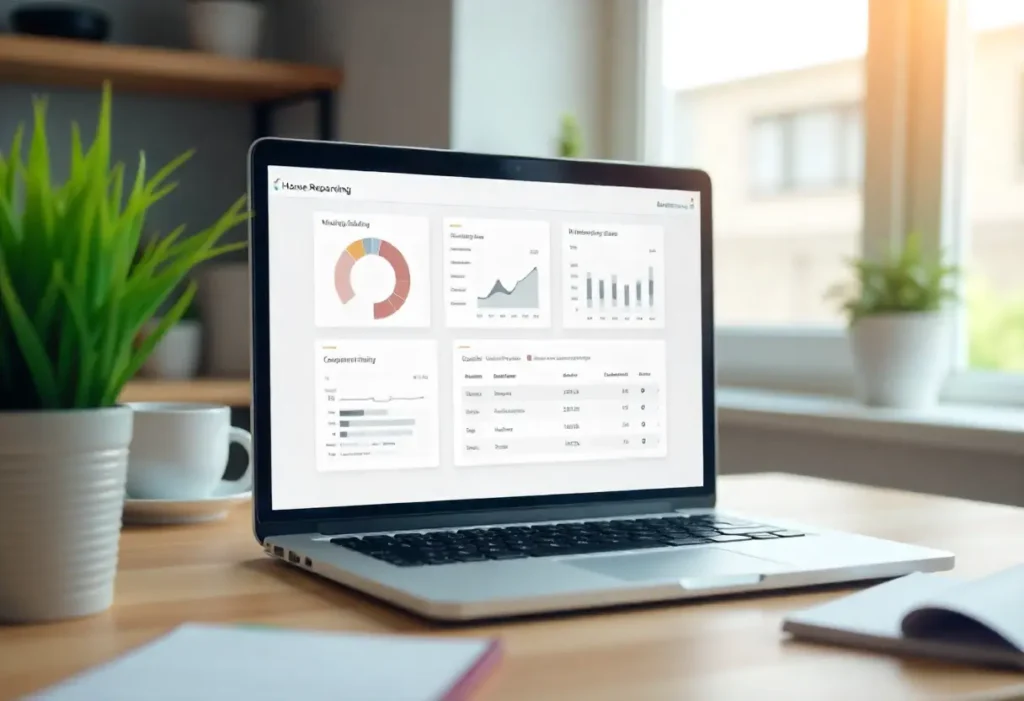For small and medium-sized businesses (SMBs) in Canada, investing in an Enterprise Resource Planning (ERP) system can be a game-changer. These systems streamline operations, improve decision-making, and support growth. But beyond the initial price tag lies a more comprehensive financial consideration—Total Cost of Ownership (TCO).
TCO encompasses all direct and indirect costs associated with ERP over its lifecycle. For Canadian SMBs seeking ERP implementation services in Canada, understanding TCO is crucial to making informed, long-term decisions. Let’s break down the elements of TCO and explore how solutions like Microsoft Dynamics 365 services in Canada can align performance with affordability.
What Is Total Cost of Ownership (TCO)?
Total Cost of Ownership refers to the cumulative cost of acquiring, implementing, maintaining, and upgrading an ERP solution over time. While initial licensing or subscription fees are significant, they’re only one part of the equation.
TCO typically includes:
- Software licensing/subscription
- Hardware or cloud infrastructure
- Implementation and customization
- Training and onboarding
- Ongoing support and maintenance
- Upgrades and system enhancements
- Downtime and productivity impacts
Understanding these components helps SMBs gauge the real investment beyond upfront figures.
Why TCO Matters for Canadian SMBs
SMBs often operate with limited budgets and need maximum ROI from any technology investment. Ignoring hidden ERP costs may lead to budget overruns, poor adoption, or disruption in operations.
TCO provides a full financial view, enabling SMBs to:
- Select the most cost-effective ERP solution
- Budget for long-term sustainability
- Minimize risk and unexpected expenses
- Justify investment to stakeholders
This is especially important for businesses relying on ERP Migration Services in Canada, as transitioning from legacy systems can involve significant cost fluctuations depending on strategy and planning.
Breaking Down ERP TCO: Key Components
1. Licensing and Subscription Costs
Most modern ERP platforms, including Microsoft Dynamics 365 services in Canada, follow a cloud-based subscription model. Pricing varies by user type, functionality, and number of users. It’s important to understand:
- Monthly/annual recurring costs
- Tiered pricing models
- User roles and licensing levels
Though cloud ERP often offers lower upfront costs, long-term subscriptions add up—so comparing multi-year costs is critical.
2. Implementation and Customization
Working with experienced ERP implementation services in Canada ensures a smoother rollout, but this phase can be costly if not well-managed. Expenses include:
- Business process analysis
- Data migration
- Custom module development
- System integration with other tools
- Project management
The complexity of your business processes will heavily influence costs. Customization, while useful, can drive up the budget significantly—so focus on configuring rather than customizing where possible.
3. Training and Change Management
ERP success hinges on user adoption. Training your team to effectively use the new system requires:
- User training sessions
- Documentation and resources
- Change management initiatives
Neglecting training often leads to resistance and inefficient use of the system, which may increase support costs and delay ROI.
4. Ongoing ERP Support Services in Canada
Post-deployment, businesses need continuous support for updates, troubleshooting, and optimization. Engaging reliable ERP support services in Canada provides access to:
- Helpdesk assistance
- System monitoring
- Security patches
- Performance tuning
- Periodic health checks
Some vendors include basic support in their subscriptions, but advanced or dedicated support may incur additional charges. Consider service-level agreements (SLAs) to ensure responsiveness.
5. System Upgrades and Scalability
As your business evolves, your ERP should adapt. Cloud-based systems like Dynamics 365 handle many upgrades automatically, reducing manual effort and costs.
However, upgrading customized on-premises systems—or scaling to accommodate growth—can be expensive. TCO analysis should include:
- Upgrade cycles
- Resource requirements
- Downtime or retraining costs
Planning for scalability from the start minimizes these future headaches.
6. Hidden and Opportunity Costs
Beyond the obvious, there are subtle costs that can impact your ERP TCO:
- Lost productivity during implementation
- Downtime from technical issues
- Cybersecurity vulnerabilities
- Redundant processes due to improper configuration
These “soft costs” are harder to quantify but should be factored in to ensure a realistic forecast.
How Microsoft Dynamics 365 Helps Optimize TCO
Microsoft Dynamics 365 services in Canada offer a flexible, scalable ERP and CRM ecosystem tailored to SMB needs. Its cloud-first approach helps reduce infrastructure costs and simplifies upgrades. Here’s how it helps optimize TCO:
- Modular Pricing: Pay only for the apps you use (e.g., Finance, Sales, Supply Chain).
- Cloud Infrastructure: Reduce on-premise server and maintenance costs.
- Seamless Upgrades: Stay current without manual installations or heavy IT overhead.
- Global Support Ecosystem: Access local ERP support services in Canada or offshore teams as needed.
- Power Platform Integration: Automate processes and improve efficiency without custom coding.
Dynamics 365 also integrates well with existing Microsoft products, reducing training time and enhancing user familiarity—critical for SMBs seeking value.
Tips for Managing ERP TCO Effectively
To keep your ERP costs predictable and manageable:
- Define Business Goals Early: Ensure alignment between ERP capabilities and your company’s objectives.
- Choose the Right Partner: Work with reliable ERP implementation services in Canada who understand local business needs.
- Avoid Over-Customization: Stick to out-of-the-box features as much as possible.
- Plan for Growth: Choose a system that scales with your business without rework.
- Invest in Training: Proper onboarding reduces user errors and support needs.
- Monitor and Optimize: Use analytics to identify inefficiencies and adjust system usage regularly.
Conclusion
ERP systems are essential tools for SMBs seeking operational efficiency and competitive growth. But the real investment goes beyond upfront costs. By understanding and managing Total Cost of Ownership, businesses can make smarter ERP decisions that pay off in the long run.
Whether you’re planning a new implementation or considering a system upgrade, working with experienced partners offering ERP Migration Services in Canada and ERP support services in Canada ensures you’re prepared for both the visible and hidden costs of ERP ownership.
Microsoft Dynamics 365 services in Canada present an ideal blend of flexibility, affordability, and performance—making them a smart choice for SMBs looking to future-proof their operations without breaking the bank.
FAQs
Q. 1. What is the average TCO for an ERP system for SMBs in Canada?
Ans: It varies based on company size, complexity, and customization. However, cloud-based ERP solutions like Microsoft Dynamics 365 often have a lower 5-year TCO than traditional on-premise systems.
Q 2. Can SMBs reduce TCO with offshore ERP support?
Ans: Yes, many Canadian businesses reduce TCO by leveraging offshore support while maintaining local project oversight.
Q. 3. What’s the difference between ERP implementation and ERP migration?
Ans: Implementation is for new systems, while migration involves moving from an existing ERP to a new one. Both require strategic planning and specialized services.
Q. 4. Is Microsoft Dynamics 365 suitable for Canadian SMBs?
Ans: Absolutely. It’s scalable, cost-effective, cloud-based, and supported by a strong local and global partner network.
Q. 5. How can I get started with ERP implementation services in Canada?
Ans: Start by identifying your business requirements, setting a budget, and consulting with a certified Microsoft partner to guide your journey.



